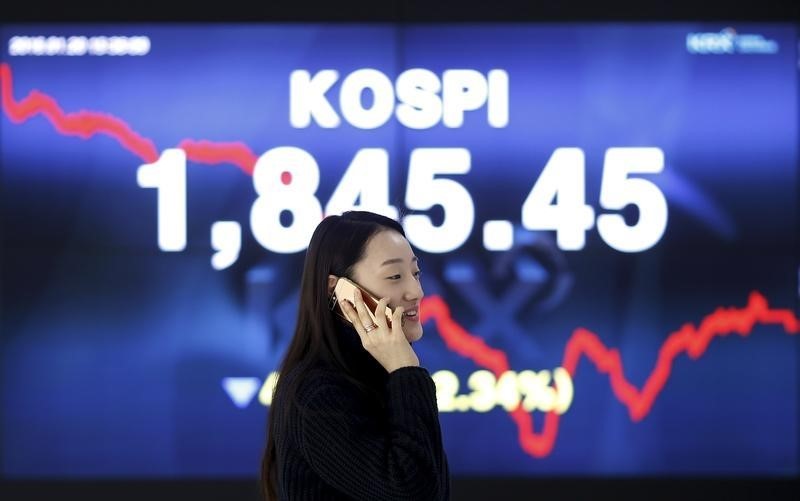Asian Stocks Supported by Hopes of Chinese Economic Recovery
2022.10.06 01:51
[ad_1]

© Reuters.
By Ambar Warrick
Investing.com– Asian stock markets extended recent gains on Thursday amid growing expectations of an economic rebound in China, with focus now turning to upcoming U.S. payrolls data to determine the path of monetary policy.
Regional markets were also supported by bargain buying after marking their worst month since the early days of the COVID-19 pandemic. But a week-long holiday in China kept volumes muted.
Still, reports from local Chinese media suggested that holiday spending by consumers remained robust despite COVID-linked headwinds, driving up hopes for a recovery in the world’s second-largest economy this year.
Chinese demand for commodity imports is also expected to increase in the fourth quarter, , citing optimistic comments from senior shipping executives.
A slowdown in China has weighed heavily on Asian markets this year, given the country’s status as a major trading hub.
South Korea’s was the best performer among its peers on Thursday, rising 1.2% as it recovered from a two-year low. The index is one of the worst-performing Asian bourses this year, making it more attractive for bargain hunters.
Prospects for the South Korean economy, which is in dire straits this year due to rising inflation, may be lifted by a rebound in China, given the two countries’ close trade ties.
Southeast Asian markets, which depend heavily on China for trade, also rose. were the best performers in the region with a 0.8% jump, while added 0.5%.
Asian stocks are set for a strong performance this week as hopes of a dovish tilt by the Federal Reserve drove up risk appetite. Japan’s index rose nearly 1% on Thursday, and was set to add nearly 6% this week.
Still, comments from several Fed officials, as well as strong U.S. economic data on Wednesday .
Markets are now awaiting key U.S. data, due on Friday, for more cues on the U.S. economy. Signs of strength in the labor market will give enough space to keep hiking rates at a sharp pace, and is likely to be a negative signal for risk-driven assets.
[ad_2]
Source link








